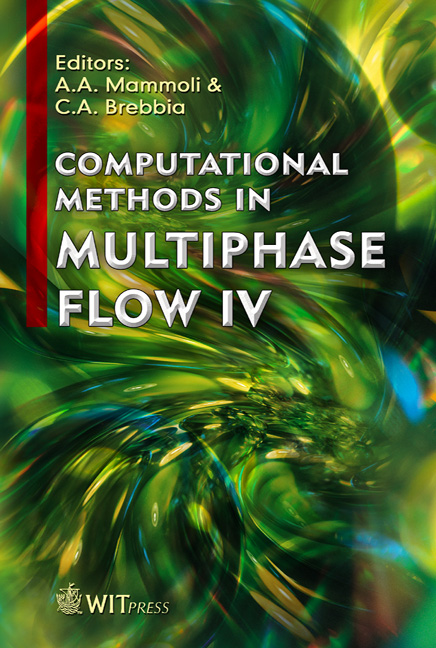Micro-scale Distillation – I: Simulation
Price
Free (open access)
Transaction
Volume
56
Pages
9
Published
2007
Size
336 kb
Paper DOI
10.2495/MPF070201
Copyright
WIT Press
Author(s)
M. Fanelli, R. Arora, A. Glass, R. Litt, D. Qiu, L. Silva, A. L. Tonkovich & D. Weidert
Abstract
Microchannel technology as applied to chemical processing has resulted in impressive improvements in performance thresholds. Studies published for more than a decade show that enhanced performance in chemical reactors can be largely attributed to the reduction of transport distances. Chemical distillation is now emerging as a new area for the application of microchannel technology. A simplified method for simulating a microchannel distillation process has been developed and validated with experimental data. Both simulation and experiments show that the height of a theoretical transfer unit for the separation of hexane and cyclohexane in a microchannel distillation unit is reduced to centimetres. Vapour-side resistance was found to control mass transfer for the cases considered. The current simulation can serve as a tool for optimizing and refining the design of multiphase microchannel processes. Keywords: distillation, simulation, separation, vapour-liquid, microchannel. 1 Introduction / background Microchannel technology as applied to chemical processing has led to impressive improvements in performance thresholds. Several studies presented throughout the last decade show that reduction in transport distances significantly enhances the performance of chemical reactors. Reviews by Boger et al. [1], Hessel et al. [2], and Kreutzer et al. [3] provide excellent summaries of some of the key research and development efforts. The Battelle Memorial Institute has conducted research in microchannel distillation since the early 2000s and holds U.S. and international patents in the field (Battelle [4–6]). A 2004 study by Wootton and deMello (Wootton [7])
Keywords
distillation, simulation, separation, vapour-liquid, microchannel.





